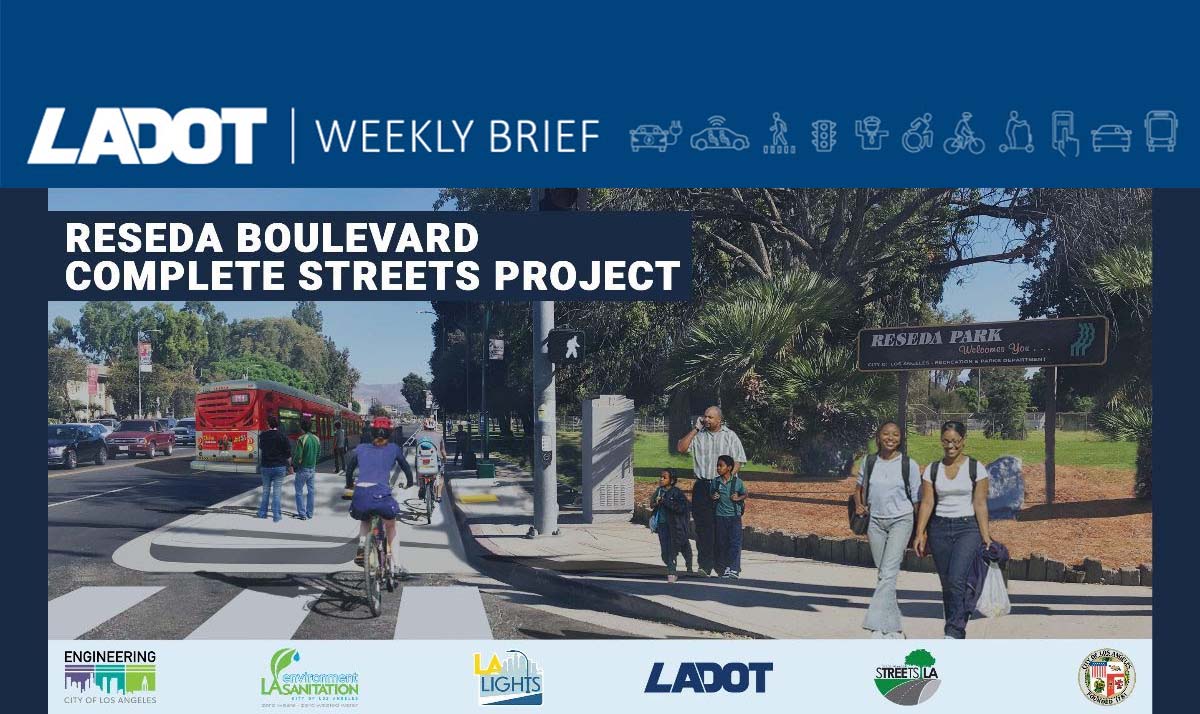
Reseda Blvd Complete Streets Project Updates
The Reseda Blvd Complete Streets project continues its transformational progress between Parthenia St and Victory Blvd. Nearly two years ago, we began construction on the $19.5 million multi-agency project in October 2020. Construction is estimated to continue throughout this year, into early 2023.
- 100,000 square feet of sidewalk repair
- 12,000 feet of gutter repair
- constructed 46 curb ramps
- 11 accessible loading zones
- 4 of the 11 bus boarding islands have been completed at Strathern St, Chase St, Ingomar St, and Valerio St.
Construction will soon be complete at a fifth island at Vanowen St as well as the remaining bus boarding islands over the new few months. Also, crews are working on upgrading traffic signals on Reseda Blvd including adding new left turn arrows (protected left turns) at 8 locations. Signal work will last for approximately 10 months. Travelers in the area should expect some delays, sidewalk closures, and temporary parking restrictions within work areas.
We thank you for your patience as we work to bring a new, improved, and safer Reseda Blvd that neighbors and visitors can enjoy. Learn more info about the project
|
|
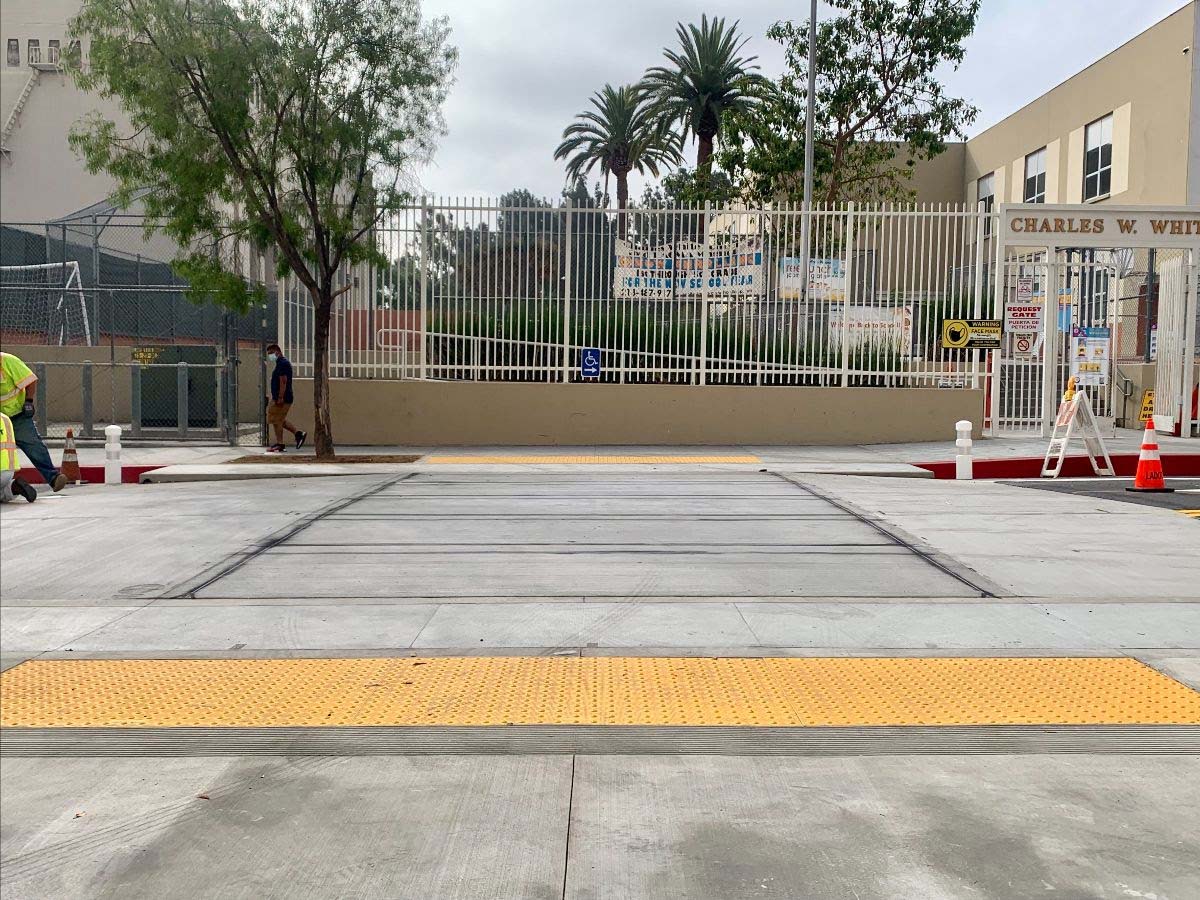
Raised Crosswalk at Charles White Elementary
With the beginning of the school year on the horizon, LADOT has been making some safety preparations over the summer break. As part of our LA Safe Routes To School program, we have completed the installation of a new raised crosswalk on Carondelet St between 6th Street and Wilshire Blvd that will benefit children and their families walking to Charles White Elementary School. The school's front gate is located on the east side of Carondelet St. Historically, students have been observed crossing the midblock to get to school which can put young lives in harm's way. Reports have also been made of drivers rushing to beat the traffic light on Wilshire Blvd. By installing a raised crosswalk in this midblock, we force drivers to slow speeds and encourage motorists to yield to pedestrians using the crosswalk. It will also result in a boost in pedestrian activity at this intersection.
We're proud that when children return to school later this month, they will return to a safer walking environment.
|
|
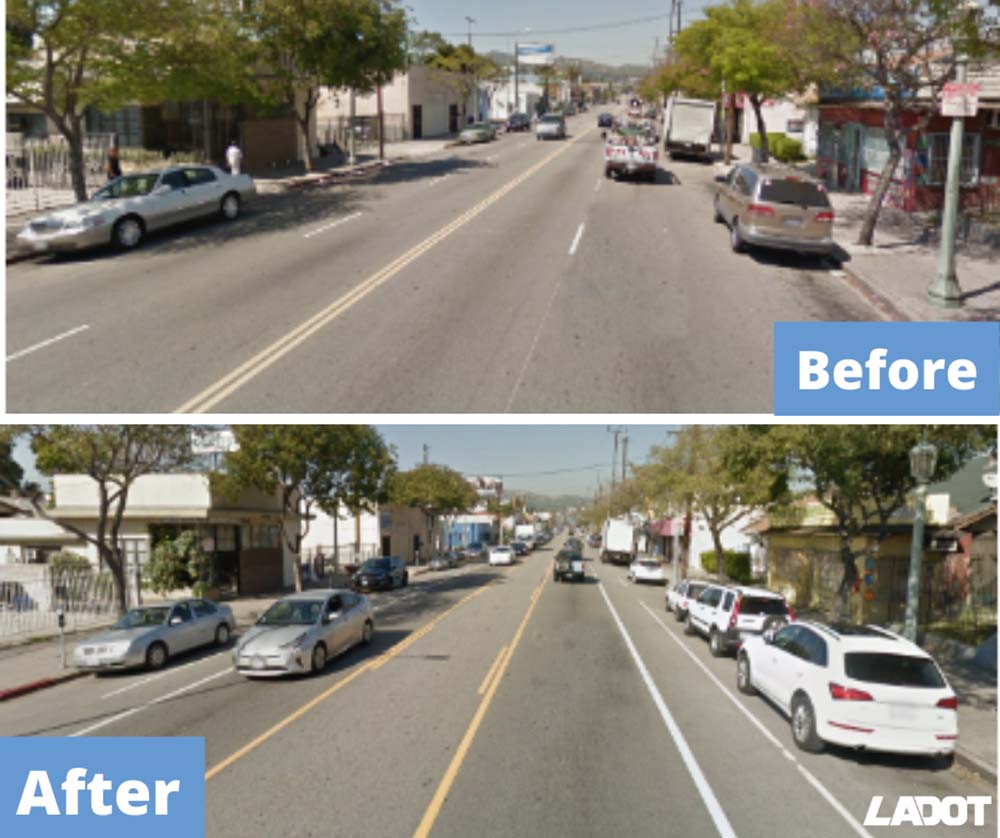
Road Diet Study Leads to ITS Capstone Prize for Transportation Planning Associate Kimberly Venegas
LADOT is proud to highlight the work of our employees as well as recognize their academic success. Kimberly Venegas is a recent graduate of the UCLA Luskin School of Public Affairs with a degree in urban planning who began her career with LADOT this year. Last month, UCLA announced that Kimberly Venegas had won the ITS Capstone Prize for her project on “road diets” in Los Angeles.
Every year UCLA ITS assists in providing funds for a group of students to do research and provide eye-opening insight into the crucial questions concerning transportation.
"Road diets" can be controversial since they often involve repurposing traffic lanes for other uses. However, Kimberly's study shows the incredible benefits of this policy intervention when it comes to promoting safety and alternative modes of transportation on L.A. streets. We were able to speak to Kimberley about her project and what she was able to discover.

What was your academic focus and how did you come to choose “road diets” as the topic of your capstone project?
I studied Urban and Regional Planning at UCLA and my concentration was Transportation Planning and Policy. I learned about the history of road diets in class and how, despite their many benefits, they have become quite polarizing because of claims that they create an inconvenience for drivers by increasing traffic congestion. Part of this concern comes from the fact that the Federal Highway Administration (FHWA) advises that implementing road diets on streets with an Average Daily Traffic (ADT) count higher than 20,000 could have negative effects on traffic. However, the source of this threshold isn’t very clear. I wanted to find out if these concerns could be tested and quantified in cases where road diets had been implemented on streets volumes exceeding this 20,000 ADT threshold.
Your research highlights specific measurable differences between streets that received road diet treatments and those that did not. Can you describe some of those metrics as well as some of the non-quantifiable benefits we can extrapolate based on these findings?
I measured the impact of road diets on collisions and speeds. I found that the road diets significantly reduced collisions and only marginally reduced travel time.
The overall collision rate in 2019 on the road diet corridor Silver Lake Boulevard was 0.8 collisions per million miles. On the other hand, one of its comparison corridors, Central Avenue, had 3.6 collisions per million miles.
In regard to speed, I found that the time it takes to travel the road diet corridor Silver Lake Boulevard from end to end was 180 seconds based on typical traffic conditions and it takes 177 seconds on the comparison corridor Central Avenue. This is a difference of just 3 seconds per mile.
I also looked at other metrics such as fatal and severe injuries, types of collisions, and peak hour average speed among others. In all cases, road diets were found to have fewer collisions and only minimal impacts on travel times. Additionally, past studies have shown that the number of people traveling by active transportation modes tends to increase after road diets are put in place, in part because people feel more comfortable. This means the benefits of these types of projects extend beyond simply reducing the number of crashes and the safety benefits are likely even more pronounced when accounting for increased levels of walking and bicycling.
You’re at LADOT now as a Transportation Planner. What specifically are you working on and how does your research connect with your current projects?
I work on LADOT’s Planning and Policy team which covers a lot of advanced planning for the Department. However, I am currently reviewing LADOT’s Lane Reconfiguration Guidelines to see where my research findings could inform updates to the document to better capture the benefits of road diets and advance Departmental goals such as Vision Zero.
What kind of differences are you finding between looking at these issues from an academic perspective versus working on them in a real-world context? What advice/perspective would you give someone studying these issues today if they are interested in applying this knowledge to policymaking?
It is necessary to have a transparent and open discussion about the expected impacts of a road diet. This includes having relevant facts and case studies available to make an informed decision or recommendation, something that is pertinent in both abstract academic settings and real-life situations. From my capstone I learned that perceived or anticipated impacts did not bear out in the data- not only did these high-volume road diets perform better than estimates from the FHWA, but the delay impacts were minimal. Having more information can add clarity but this isn’t always easy to come by. My capstone looked at specific metrics of safety and delay but there might be additional points of interest when looking at street changes, some of which might be more challenging to measure such as feelings of safety or changes in noise and air pollution. Different situations may call for different informational needs so any and all additional research is valuable. However, seeing where there might be a gap in information in a specific discourse and then filling that gap can be very helpful and give an academic project some practical application.
|
|
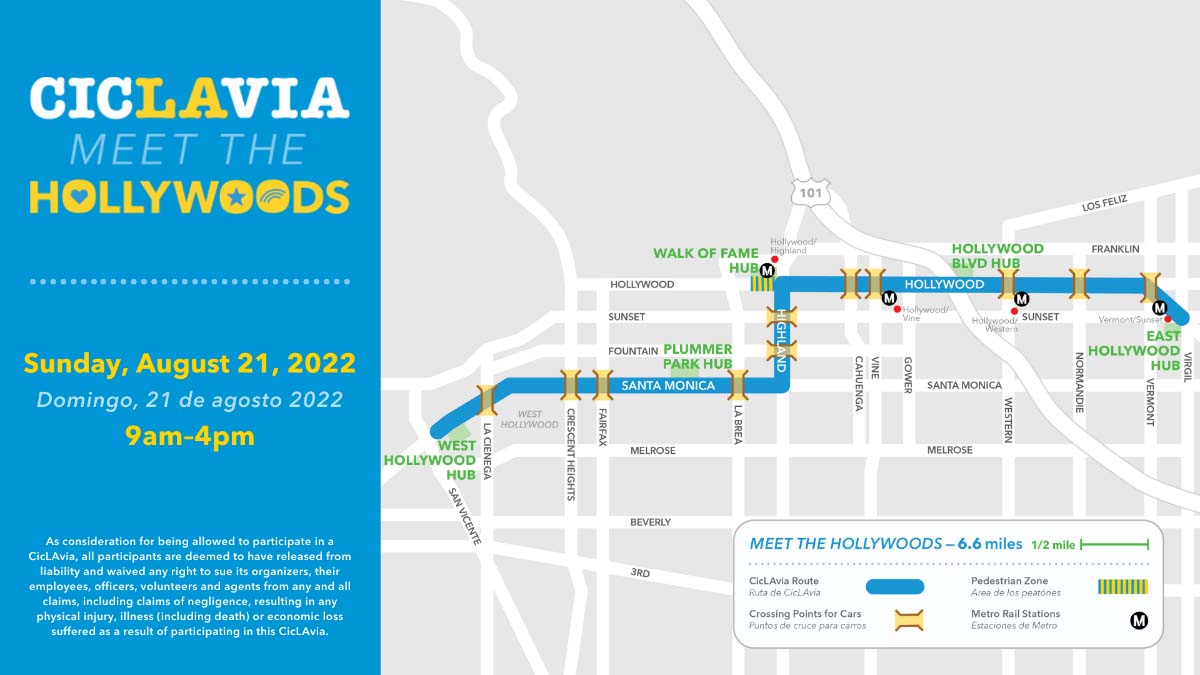
CicLAvia Rolls Into The Hollywoods
Get ready to ride the open streets of Hollywood and West Hollywood. On August 21st you can jog, ride, bike, skate, run, walk, skateboard, spectate, and enjoy the route however you want. CicLAvia lasts from 9 am to 4 pm and is welcome to people of all ages and abilities!
Learn more about CicLAvia
|
|
Participate in our Community Surveys:
You are the ultimate expert for your community. LADOT wants your input as we plan projects to improve the safety, sustainability, and livability of Los Angeles communities.
|
|
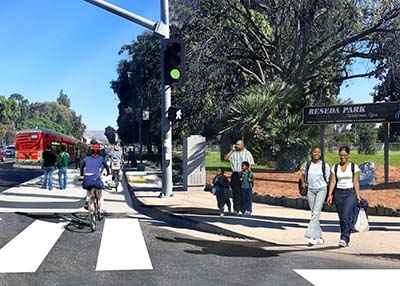
Reseda Boulevard Complete Streets Project
As part of the Complete Streets Program, the City is reconstructing Reseda Blvd to improve safety and accessibility for all. Give your feedback on the upcoming improvement and receive updates and more information on the project here.
|
|
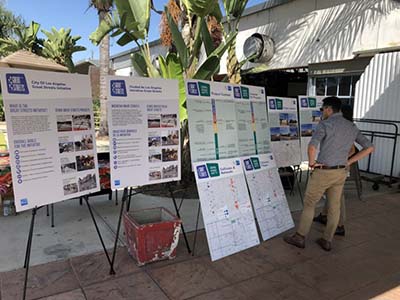
Watts Central Avenue Great Streets And Safety Project
StreetsLA and the Los Angeles Department of Transportation are making improvements to Central Avenue that will improve safety and accessibility for all on Central Ave. Take the survey to add your feedback about needed safety improvements
|
|
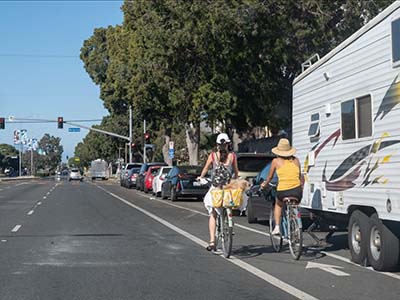
Venice Boulevard Mobility Improvements
The City of Los Angeles and Metro are bringing mobility upgrades to Venice Blvd from Lincoln Blvd to National Blvd. This project proposes adding active transportation and bus improvements to increase comfort and safety for all who travel on Venice Blvd. Let us know how you use Venice Blvd and how to best improve it using this survey
|
|
Transportation Photos of the Week
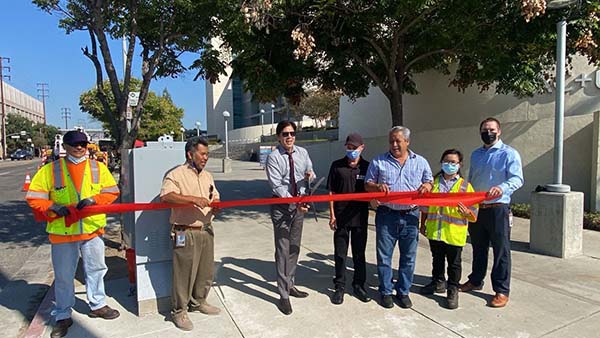
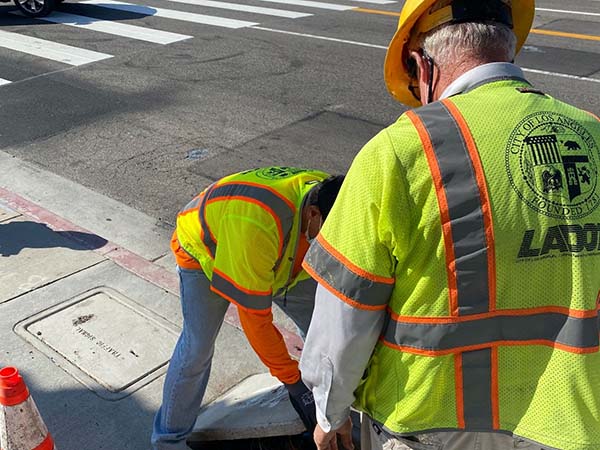
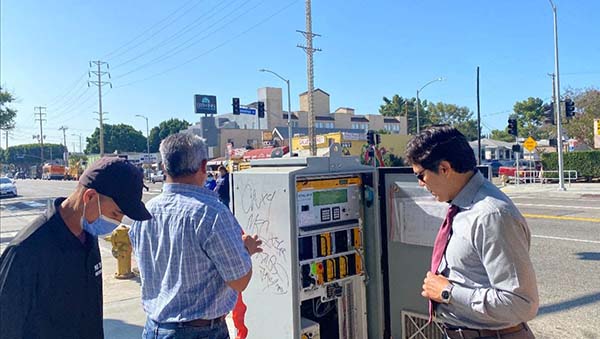
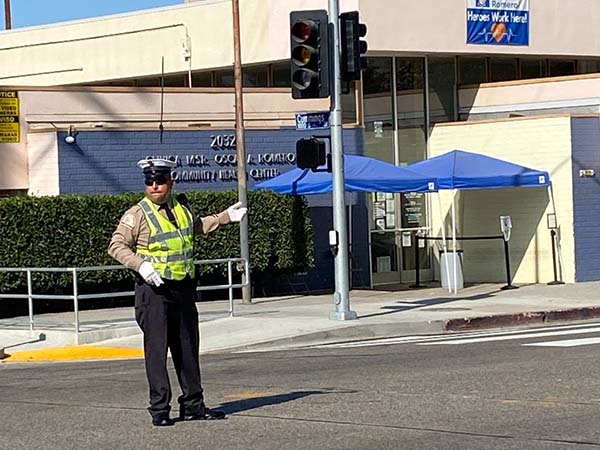
|
|
New bike lanes debut on the Spring Street bridge rounding out the connections to existing bike lanes and connecting to the LA River Bike Path.
|
|
The LADOT Weekly Brief Newsletter
Want to learn more about LADOT's ongoing work in the City of Los Angeles? Sign up for our weekly newsletter by filling out the form below.

